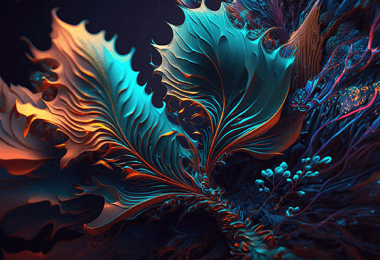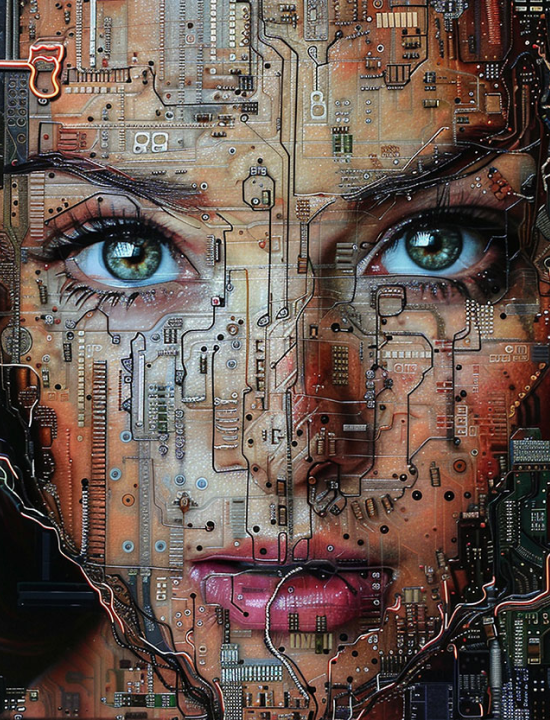AI-generated images have introduced a new era in digital art, transforming the way artists, designers, and creators produce visuals. Unlike traditional methods, where artists manually craft each element of their work, AI can generate high-quality, detailed artwork within seconds. Tools like MidJourney, Stable Diffusion, and DALL·E allow users to input textual descriptions and receive stunning images, reducing the time needed for conceptualization and execution.
Explore More

Beyond creative industries, AI-generated images play a crucial role in scientific research and data visualization. Fields such as astronomy, medical imaging, and environmental science use AI to process and enhance images that are otherwise difficult for the human eye to interpret.
AI generates content using machine learning models, particularly deep learning neural networks. These models are trained on vast datasets of text, images, audio, and video to recognize patterns and generate new, human-like content. For example, AI-powered text generators like ChatGPT use natural language processing (NLP) to create coherent and meaningful articles, while AI image generators like MidJourney and DALL·E can produce realistic and artistic visuals from text prompts.
AI-generated content offers several advantages:
Speed & Efficiency – AI can create large volumes of content in seconds.
Cost Reduction – Businesses save money by automating content production.
Consistency – AI maintains a uniform tone and style across multiple pieces.
Creativity Boost – AI helps with brainstorming ideas and generating variations.
SEO Optimization – AI tools can suggest keywords and improve content visibility online.
However, human oversight is still essential to ensure quality, originality, and ethical use.
AI is unlikely to completely replace human content creators but will act as a powerful assistant. While AI can generate text, images, music, and videos, human creativity, emotional intelligence, and critical thinking are irreplaceable. AI is best used as a tool for enhancing productivity rather than eliminating human input. The future of content creation will likely involve a collaboration between AI and humans, with AI handling repetitive tasks and humans focusing on creativity and storytelling.
The rise of AI-generated content brings ethical concerns, including:
Misinformation & Deepfakes – AI can create misleading or fake content.
Copyright Issues – AI models are trained on existing content, raising questions about intellectual property rights.
Bias & Fairness – AI can reflect biases present in training data, leading to unfair or inappropriate content.
Job Displacement – Automation might reduce demand for certain creative jobs.
To address these concerns, responsible AI use, regulation, and human supervision are essential.
